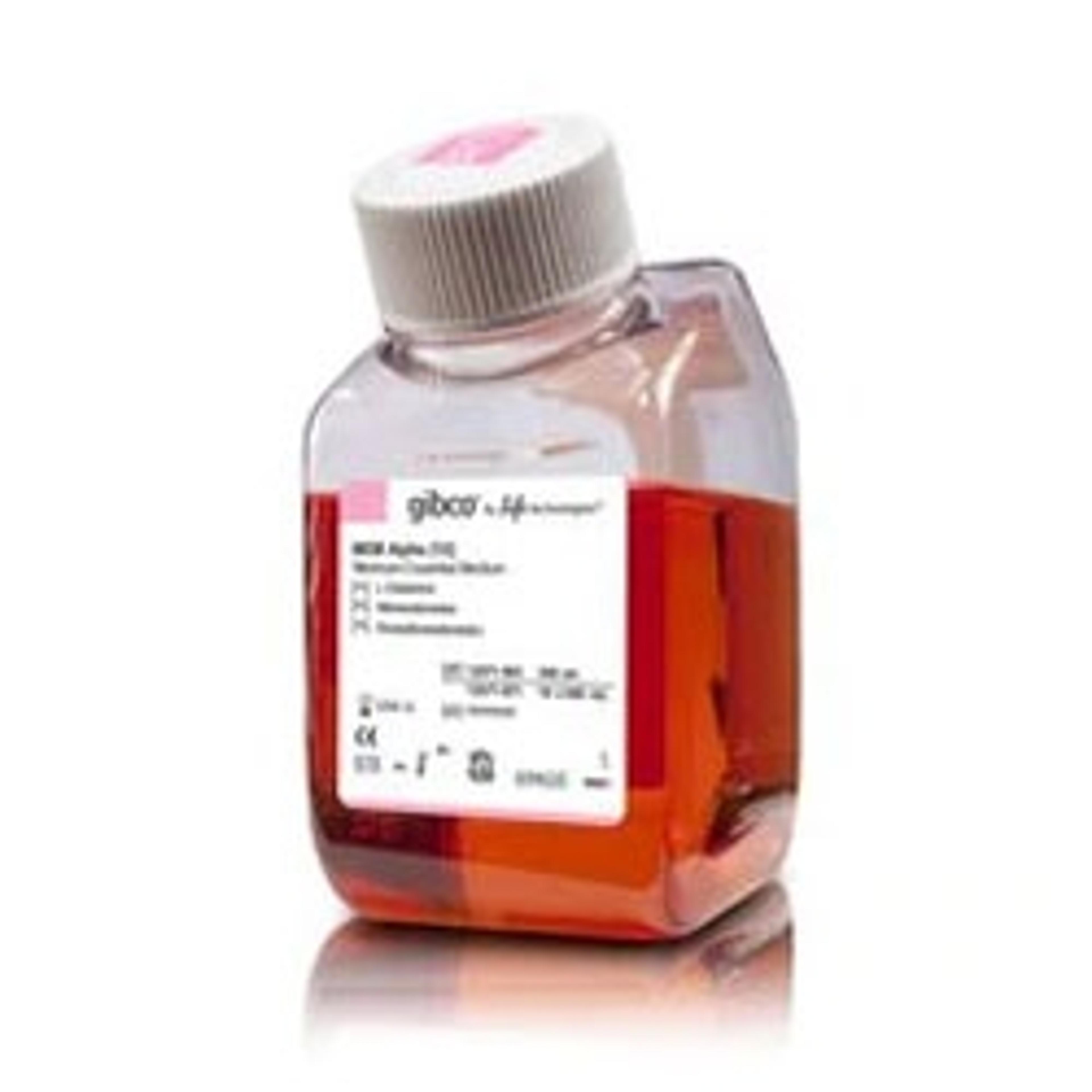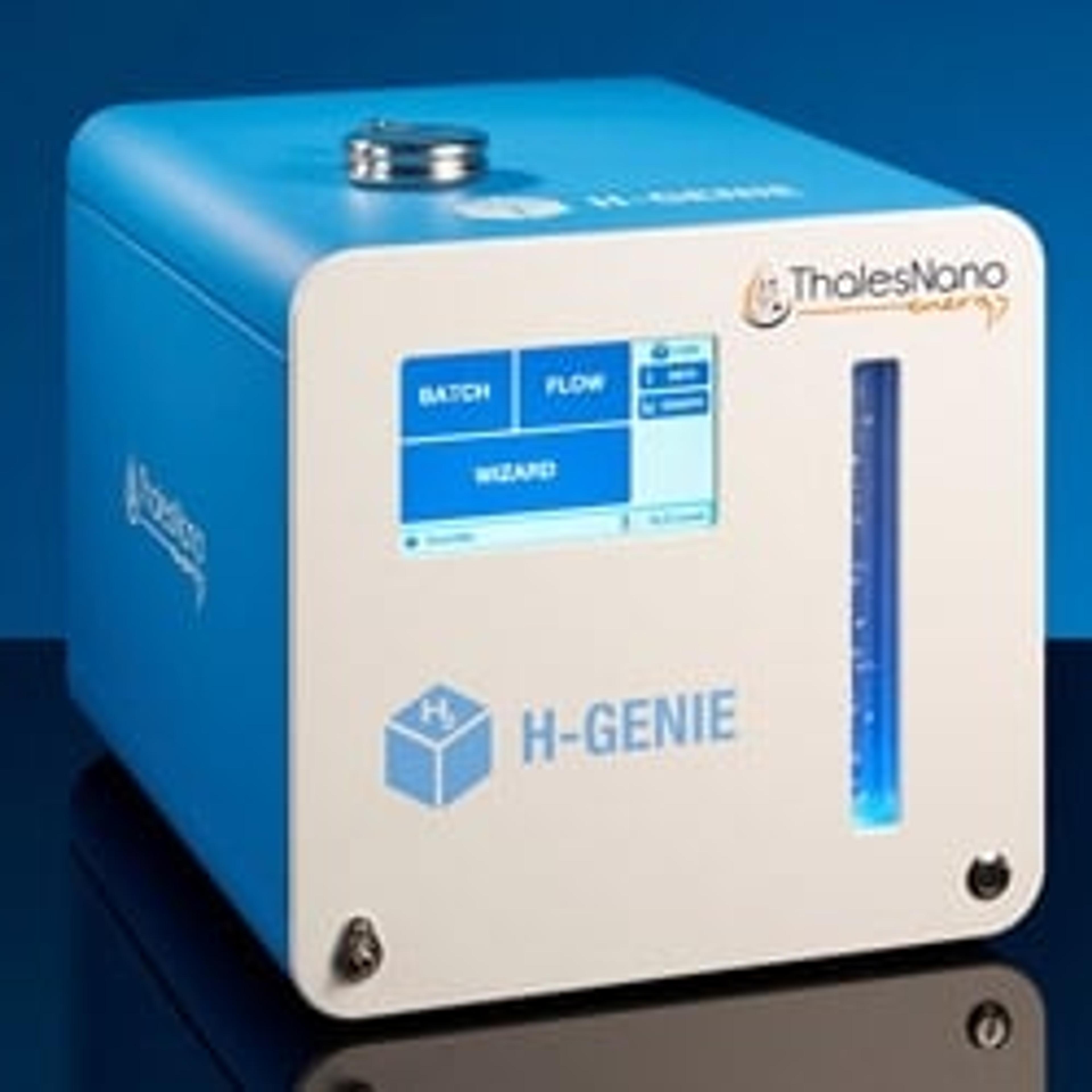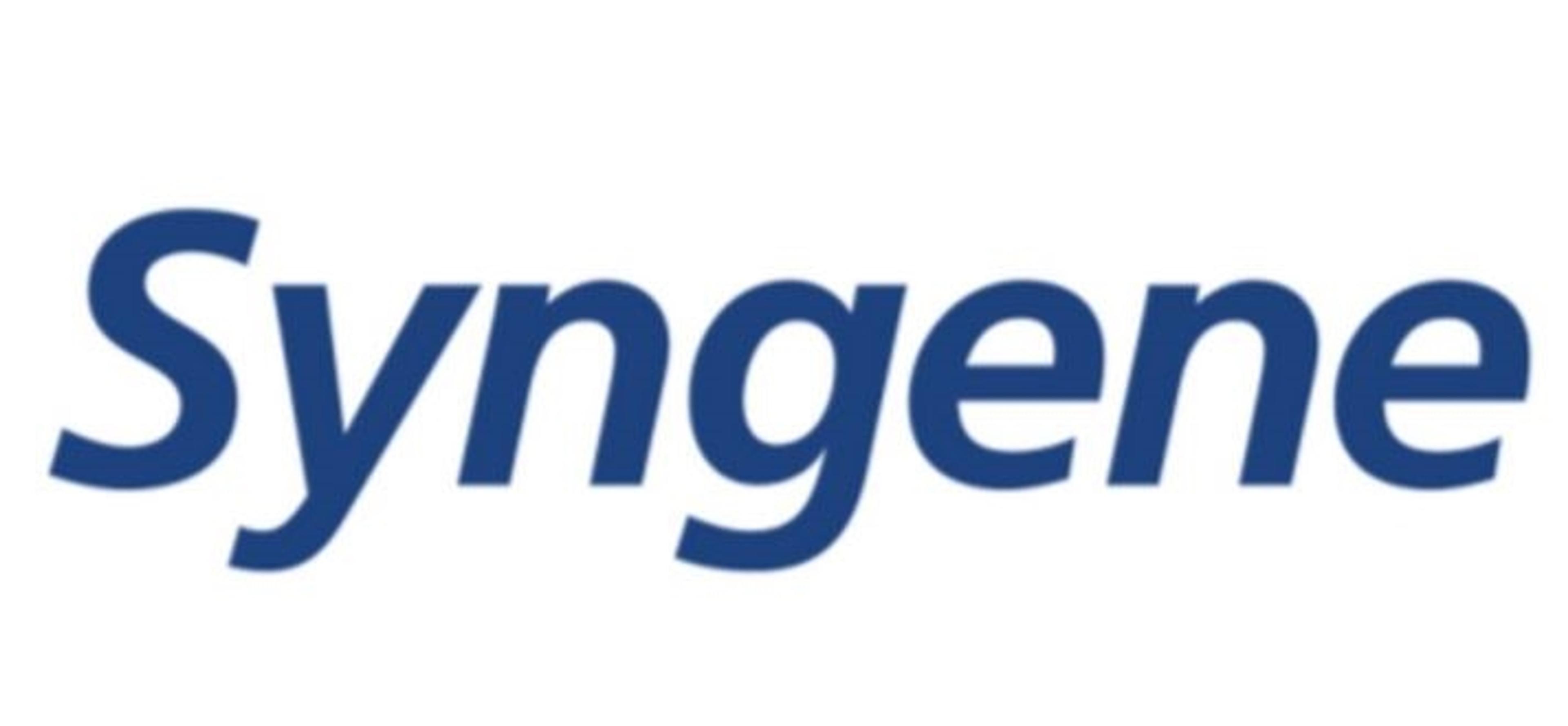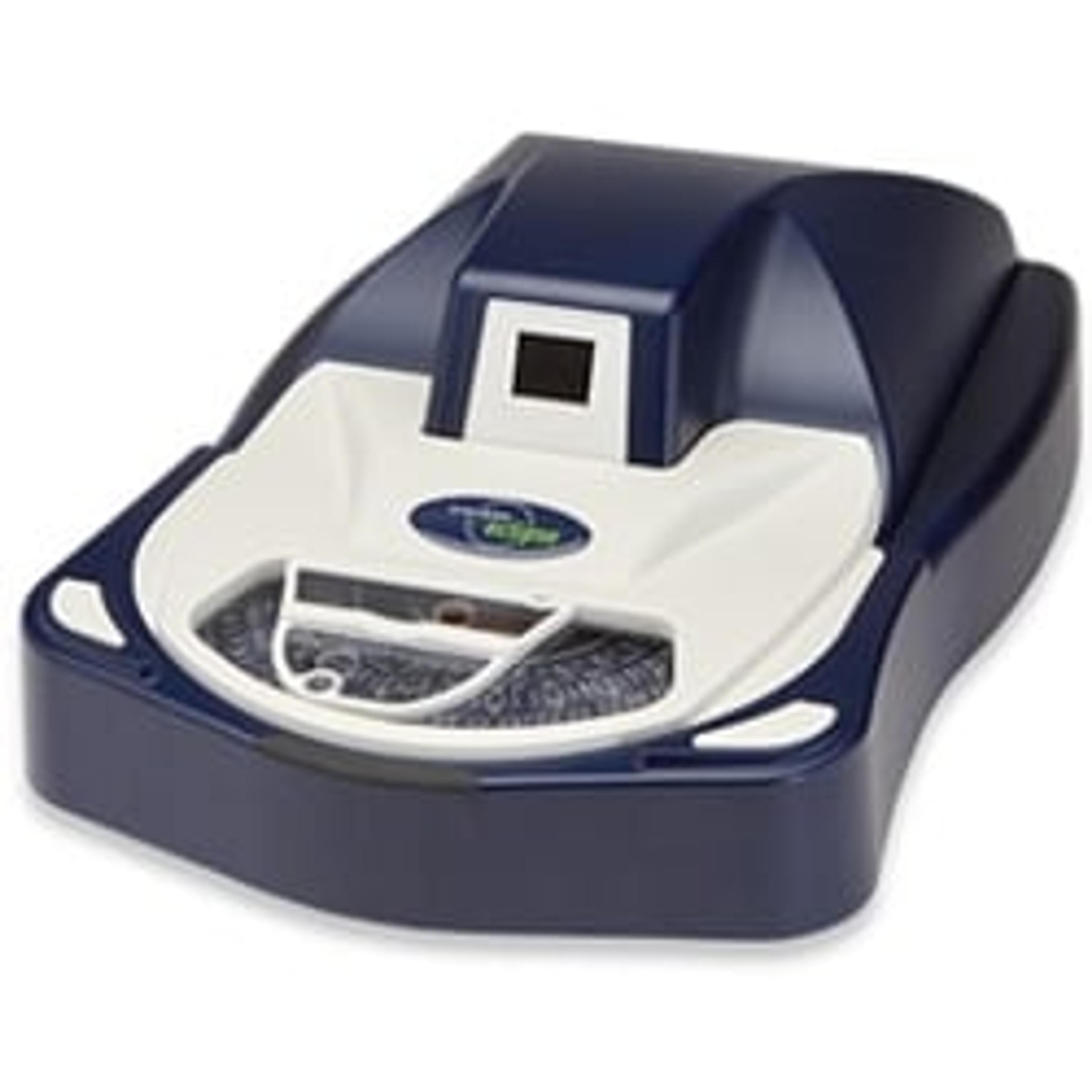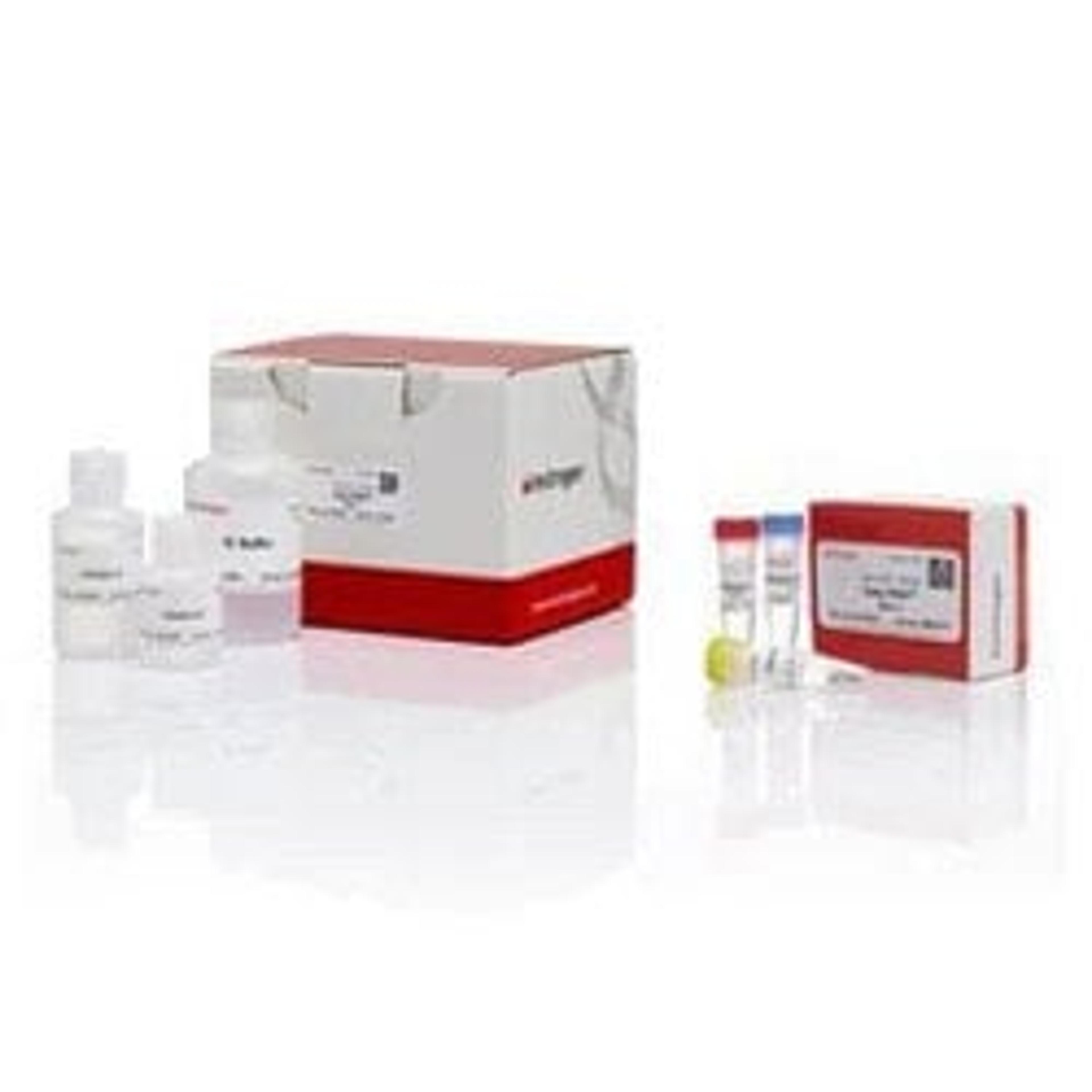Products & Reviews
MEM α, nucleosides
Thermo Fisher ScientificMEM α (Minimum Essential Medium α) is widely used for mammalian cell culture as well as selection for transfected DHFR-negative cells. MEM α can be used with a variety of suspension and adherent mammalian cells, including keratinocytes, primary rat astrocytes, and human melanoma cells. Thermo Fisher Scientific offer a variety of MEM α modifications for a range of cell culture applications. This MEM α is modified as follows…
Themis TEM
Thermo Fisher ScientificBased on Thermo Scientific™ Titan S/TEM platform – introduced in 2005 – the Themis TEM family forms the next generation of some of the world's most powerful, commercially available suite of S/TEM solutions for Materials Science, with Themis Z and Themis ETEM.
Custom Polymer Synthesis
SyngeneSyngene’s Polymer group supports high-quality custom synthesis and contract manufacturing services including synthesis and characterization of Silicon & Fluorine based new monomers, dextran & lactic acid based biomacromonomers and various specialty macro monomers. Our GMP manufacturing facility is designed in accordance with ISPE guidelines and consists of ISO class 6, 7 and 8 clean rooms in compliance with NEN-EN-ISO 14644…
Sievers Eclipse Bacterial Endotoxins Testing (BET) Platform
SUEZThe innovative Sievers Eclipse platform decreases assay setup time by up to 85% and reduces Limulus Amebocyte Lysate (LAL) reagent use by up to 90% while meeting all requirements of the harmonized pharmacopoeia: USP <85>, EP 2.6.14 and JP 4.01.
Easy-DNA™ gDNA Purification Kit
Thermo Fisher ScientificThe Easy-DNA™ Kit is a fast and easy way to isolate high-quality, high-molecular weight genomic DNA (gDNA) from a wide range of cells and tissue types. Sample sizes can range from a single hair follicle up to 1 gram of mammalian tissue. Other samples tested include mouse tails, plant leaves, yeast, and E. coli cells. These samples yield high-quality DNA with an average size between 100 kb and 200 kb, which is suitable for PCR,…
Transcreener® ADP² TR-FRET Assay
BellBrook LabsThe Transcreener ® ADP² TR-FRET Assay produces a far-red, time-resolved Förster-resonance-energy-transfer (TR-FRET) signal that is less sensitive to interference from fluorescent compounds than other detection modes.


